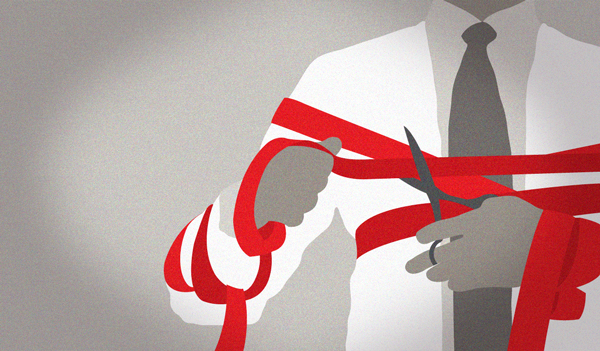On paper the idea of a patient centered medical home (PCMH) sounded great. But it’s gotten so bogged down with red tape that the only thing sticking to it is doubt. At least that’s the case for PCMH early adopter John L. Bender, MD, who recently contributed his perspective to Medical Economics.
“This year I am considering not maintaining PCMH recognition. It is basically a marketplace decision. The payments from insurers to maintain my care coordinators on payroll, to continue externally reporting from my large data registry, and all the other trappings of robust PCMH just are not sufficient.”
Dr. Bender is well aware of the rise of Direct Primary Care, but he has his doubts about that, too. He warns that you don’t want to be the first, or the last to adopt a new payment model. We might argue that at this point you’ll be neither, indeed. The payment structure is working brilliantly for DPC clinics around the country, and continues to adapt to the flexibility needs of patients. Maybe its success is partially to blame for its “cult following!”
But there’s another point Dr. Bender mentioned that we’d like to address. “Whether DPC will create a reduced standard in the delivery of healthcare quality remains to be seen, and the concern for quality is perhaps the largest hurdle DPC must overcome.”
We’ll go ahead and speak on behalf of the DPC community when we say – Challenge Accepted! We know DPC presents a lot of opportunities for us, as healthcare providers, to live the life we want while providing the kind of care we always imagined – while at the same time avoiding bureaucratic policies that seem to do little more than add paperwork to the stack at the end of the day. And we didn’t go to medical school to fill out paperwork…
So we’ll press on in hopes of proving to Dr. Bender that quality is the very pinnacle of what we wake up to do every day. We make ourselves available to our patients nearly 24/7, and via nearly every communication outlet available (Skype chat, anyone?). We’ll continue to make house calls as needed, and go above and beyond to save our patients money at every turn of the bend, including on medications and procedures. We’ll develop relationships with our local medical communities to negotiate the best deals possible on external procedures like labs. We’ll continue to use our spare time to sit extra minutes with patients during their appointments, do extra research to help with their preventative care, and further spread the concept of Direct Care to everyone who will listen. We’ll continue to walk patients through their invoices line by line if they want, explaining exactly where each cost comes from (they’ll continue to not be surprised, though, because they typically know the cost in advance!).
We hope not only patients, but other physicians considering a transition to Direct Care will continue to see the value in our business model. It might seem too good to be true, but there are practices all over the country who are living proof of its validity.
